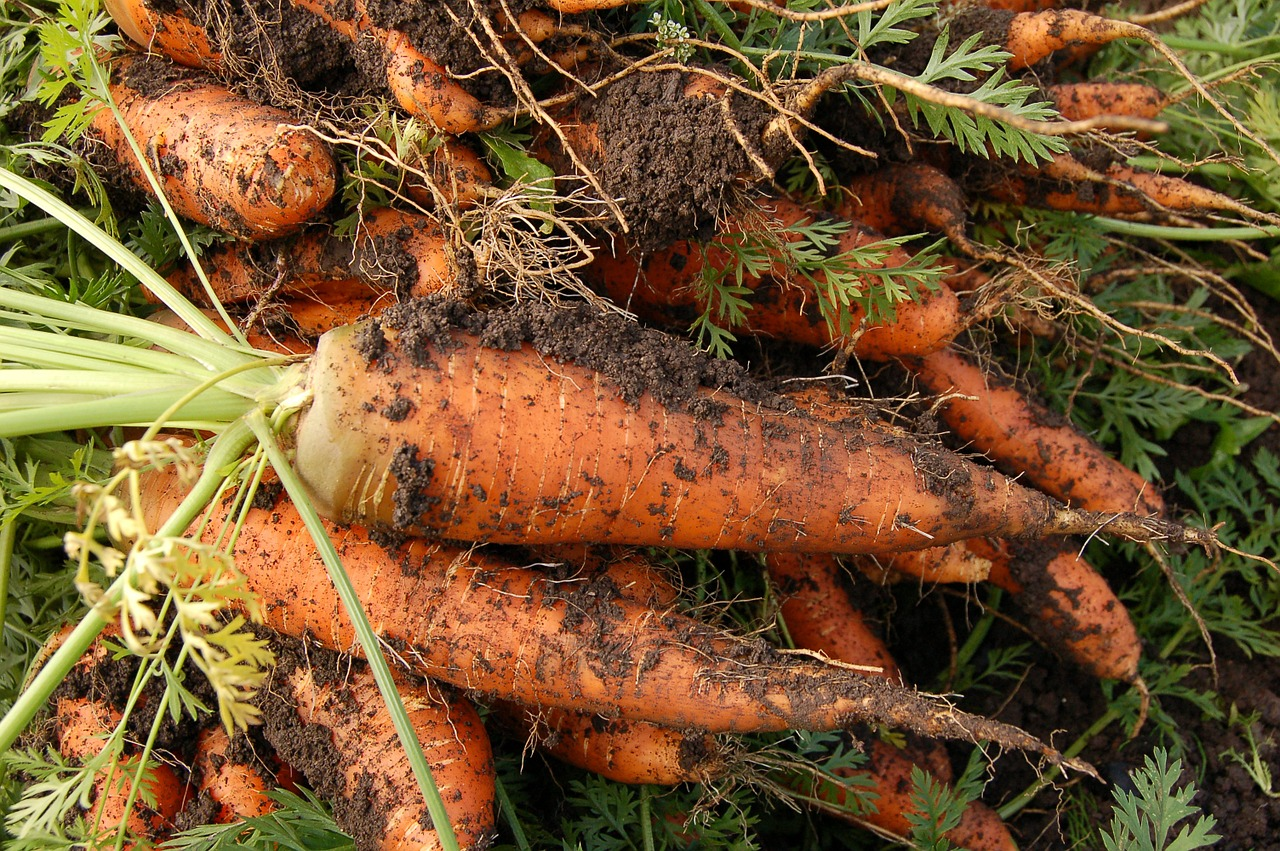Wrap root vegetables in sand
Smashing in sand: what does that mean?
To store root vegetables, you can store them in a box full of slightly damp sand. This simulates the conditions in the soil and carrots, parsnips and the like will go dormant for the winter. In principle, you could also just leave them in the bed, but you may want to make a green manure or sow winter crops there. What's more, in cold, wet winter weather, it's much more relaxed to take vegetables out of the cellar than out of the garden.
This is how it's done
It is important that you do not wash your crop after harvesting, but leave the soil that is still stuck to it. This will keep the fine lateral roots intact and the vegetables alive. Now remove the greenery and layer the roots alternately with a layer of slightly damp sand in a wooden crate - for example a fruit crate from the market. Make sure that the base of the cabbage is pointing upwards. To prevent the sand from trickling out of the crate, you can line it with newspaper beforehand. Now place the crate in a cool, dark place, e.g. in the cellar.
Check regularly
Due to the slightly damp sand, the soil still clinging to the roots and a cool, dark storage location, the roots go into hibernation and reduce their metabolism. However, they remain alive and can sometimes be stored for months. However, it is important that you check regularly for mold or rotten spots. If this is the case, remove the affected roots from the box immediately and use up the rest quickly.
Which species can I store like this?
This method is suitable for carrots, celeriac, beet, horseradish, winter radish, parsnips and parsley roots.

